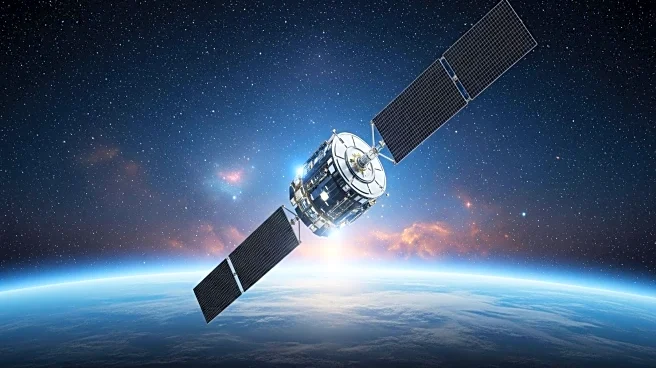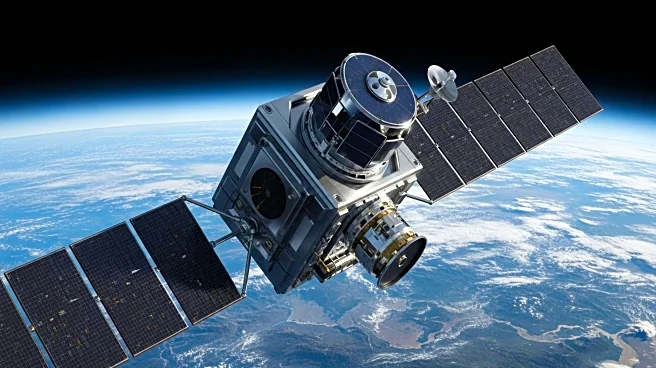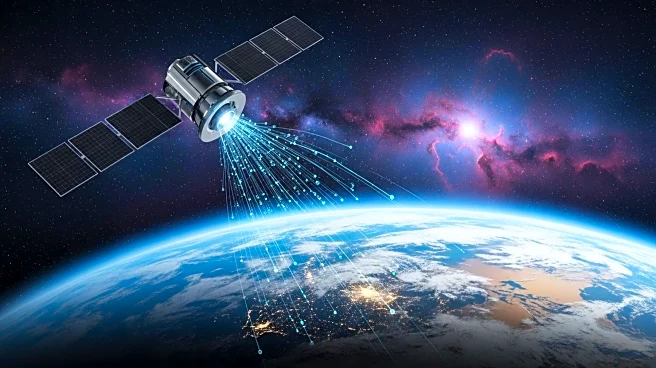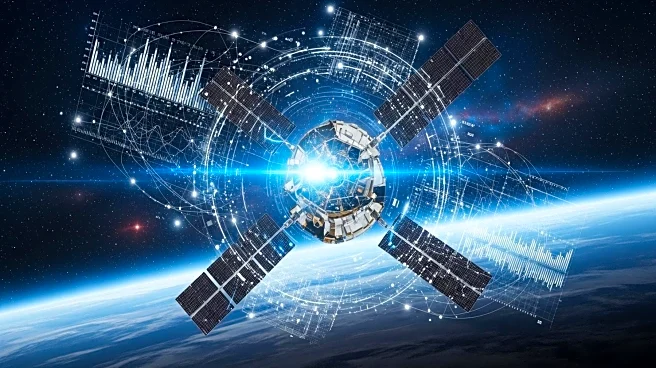What's Happening?
NASA has developed a new metadata pipeline to improve access to its extensive Earth observation data. This initiative aims to make NASA's data more accessible through federal portals like Data.nasa.gov and Data.gov. The project involves tailoring metadata from over 10,000 datasets, which include more than 1.8 billion science records, to be compatible with these portals. The effort is led by NASA's Earth Science Data Systems program, with key contributions from Doug Newman and Kaylin Bugbee. The new system is designed to translate NASA's proprietary metadata into formats that can be easily used by external portals, thereby broadening the reach of NASA's data to a wider audience.
Why It's Important?
The enhancement of metadata accessibility is crucial for various stakeholders, including scientists, policymakers, and the general public, who rely on NASA's data for research, innovation, and decision-making. By streamlining access to this data, NASA supports industry and scientific advancements, potentially leading to breakthroughs in areas such as climate research, disaster response, and agricultural optimization. The initiative also aligns with broader governmental goals of open science and data transparency, fostering a more informed and data-driven society.
What's Next?
NASA plans to expand the metadata pipeline to include more datasets and refine the workflow for better integration with federal portals. This will involve continuous testing and improvement of metadata mapping processes. As the system evolves, it is expected to facilitate even greater access to NASA's data, supporting a wide range of applications and research endeavors.










